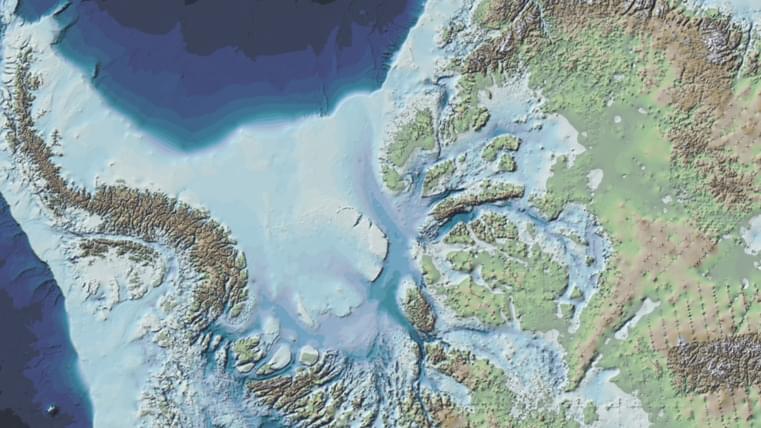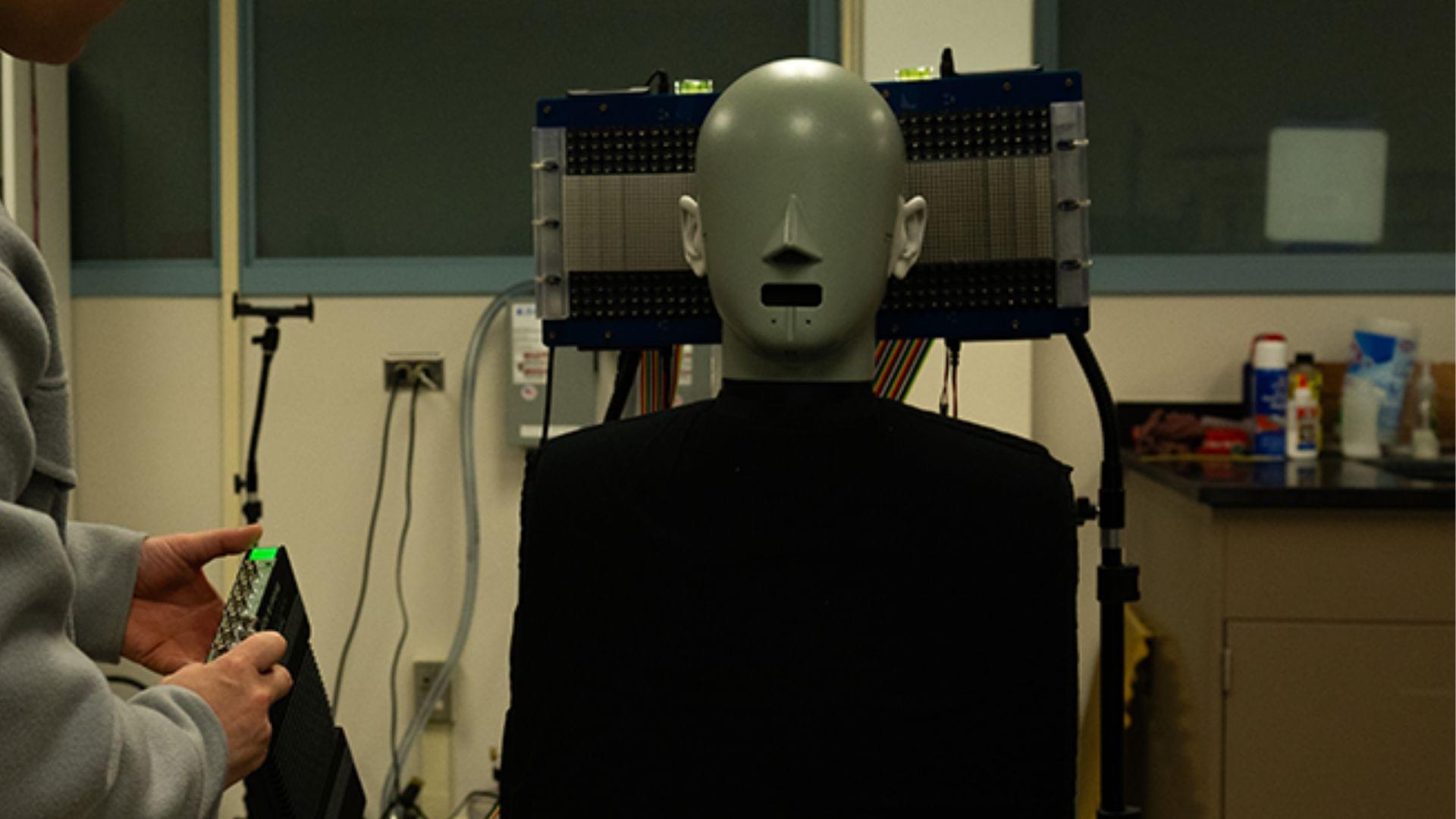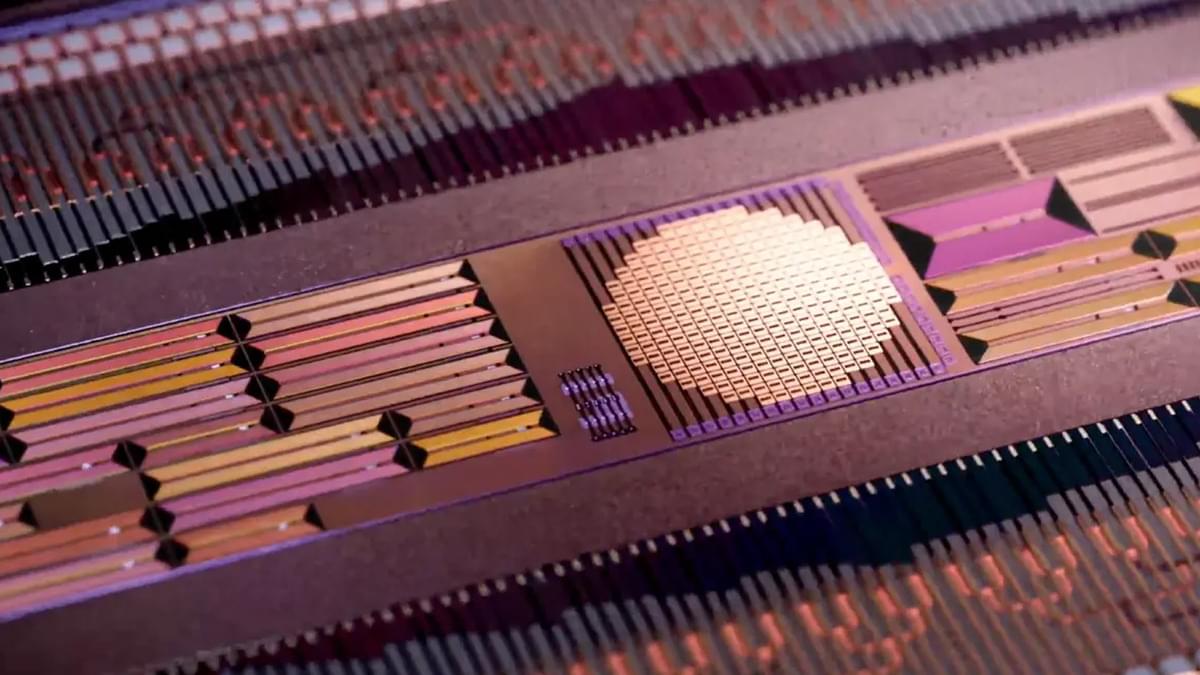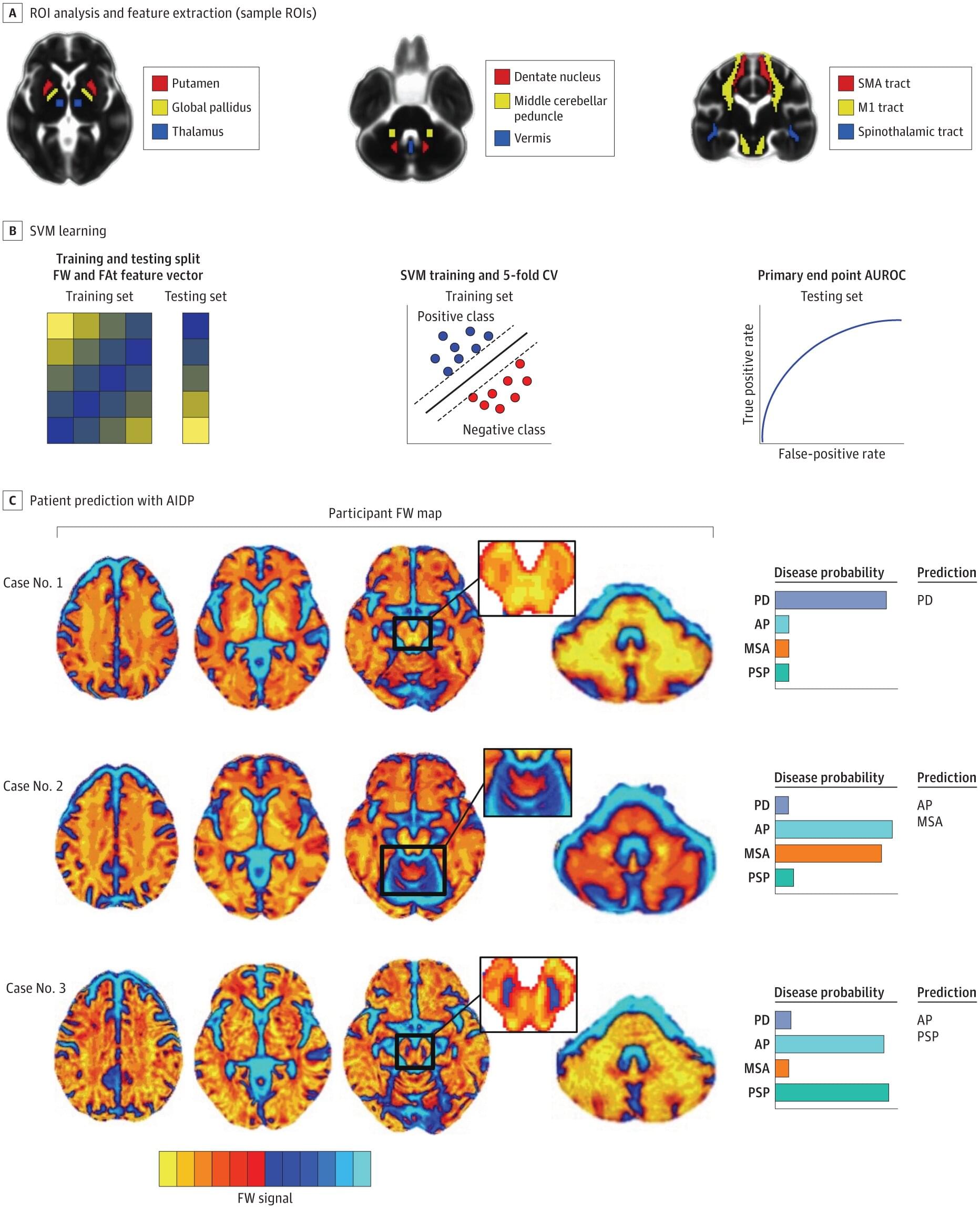Bedmap3 is the most fine-grain map to date of the landscape beneath Antarctica’s ice. Scientists created it using more than 60 years’ worth of data from satellites, ships and dog-drawn sleds.



The team tested the system in an ordinary room with real echoes to show that it could function in the actual world, such as in classrooms, cars, or outside. At the moment, the system can transmit sound to a target roughly a meter away at 60 decibels, which is the average volume of a spoken conversation.
To improve the range and volume, the team proposes increasing the power of the ultrasound beams. Achieving that goal would drastically change how people use sound by providing a greater degree of privacy and personalization in public environments.


In the search for solutions to diseases like cancer, scientists are pursuing a new frontier in biology—the spatial and temporal places where our cells live.
Where first generation drugs targeted single molecules, over time evolving their own resistance, new tools and techniques are needed to keep ahead of resistant diseases by targeting the surrounding cellular space.
Much of this exploration is taking place at the surface of our cells—the protein-packed semi-permeable membranes that act as protectors and as signaling posts to other cells in the surrounding area.

This document intends to provide a summary of the cybersecurity threats in Japan with reference to globally observed cyber landscape. It looks at various kinds of cyberattacks their quantum and impact as well as specific verticals that are targeted by various threat actors.
As in February, 2024, in Japan, an organisation faces an average of 1,003 attacks per week, with FakeUpdates being the top malware. Most malicious files are delivered via email, and Remote Code Execution is the most common vulnerability exploit. In recent times, major Japanese incidents include a sophisticated malware by a nation state, attacks on Nissan and JAXA, and data breaches at the University of Tokyo and CASIO. Globally, incidents include Ukrainian media hacks, a ransomware attack on U.S. schools, and disruptions in U.S. healthcare due to cyber-attacks. The document also covers trends in malware types, attack vectors, and impacted industries over the last 6 months.
The details provide an overview of the threat landscape and major incidents in Japan and globally, highlighting the prevalence of attacks, common malware types, and impact on various industries and organisations. The information described should create awareness and help businesses and government organisation prepare well to safely operate in a digital environment.



University of Florida researchers have led a multicenter study demonstrating that Automated Imaging Differentiation for Parkinsonism (AIDP), a machine-learning method using magnetic resonance imaging (MRI), accurately distinguishes Parkinson’s disease (PD) from atypical parkinsonian disorders. Findings suggest this approach could significantly improve diagnostic precision and clinical care.
Scientists have demonstrated how to manipulate light by using time-varying media in the form of specialized nanomaterials.